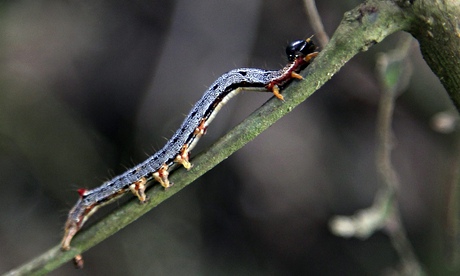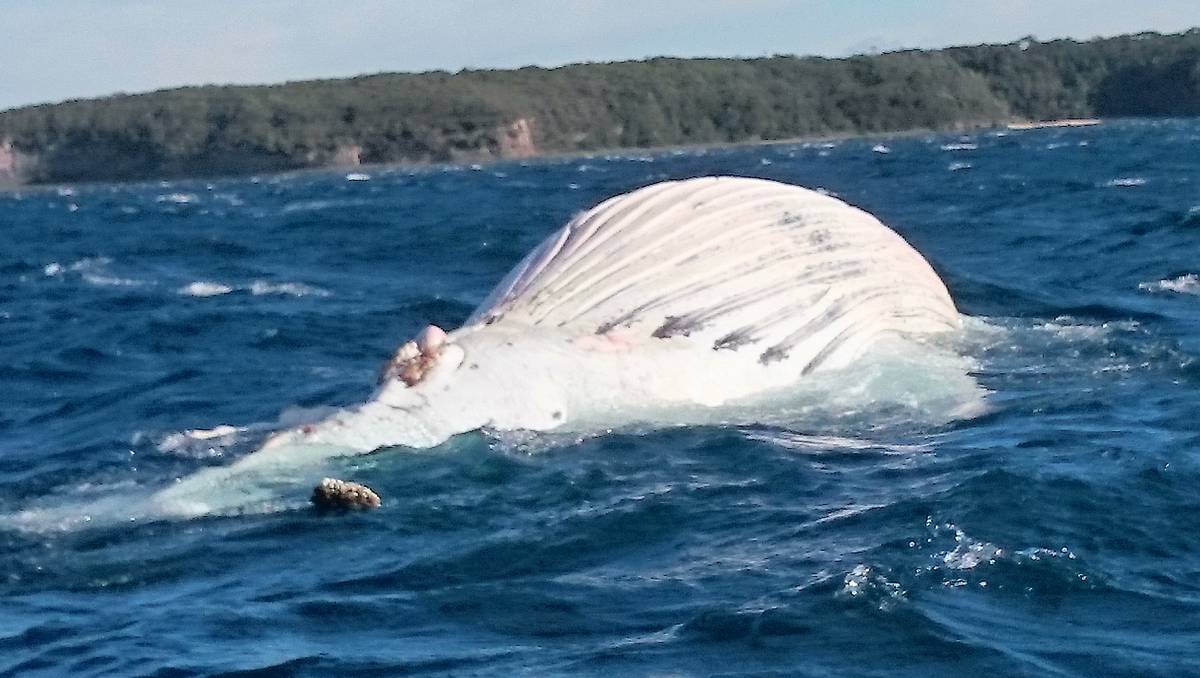Colorado oil and gas regulators have halted work at a Greeley wastewater injection site after a second small earthquake was detected in area on Monday.
The Colorado Oil and Gas Conservation Commission, which regulates the oil and gas industry, ordered High Sierra Water Services to stop injecting wastewater into the site for 20 days while researchers try to determine if the site is the epicenter of recent seismic activity in the area.
Preliminary reports indicate the
magnitude 2.6 earthquake, recorded at 12:27 p.m. Monday, struck approximately 5 miles northeast of Greeley, or 15 miles due east of Windsor, the United States Geological Survey said. It struck at a depth of approximately 5,000 meters.
A May 31 earthquake registered at 3.4 on the Richter scale and was felt across that same area of Weld County. That shaker, at nearly 8,000 meters below the surface, rekindled a debate over oil and gas activity's impact on earthquakes. Earthquakes are relatively rare along the plains and areas of Northern Colorado.
Wastewater injection sites dispose of water used in the hydraulic fracturing process, a oil and gas extraction technique that also injects chemicals into shale formations. Some water used in this process is later returned to the Earth, and is typically injected into depths well below aquifer levels.
Colorado has some history of wastewater injection sites triggering quakes. In 2011, Trinidad was shaken by a flurry of unusual earthquakes later connected to a nearby wastewater injection project, according to USGS studies.
In wake of that earthquake, a group of Boulder scientists planned to dispatch study groups to the Greeley area to further study the incident.
There are approximately 30,000 earthquakes with a magnitude between 2.5 and 5.4 across Earth every year. There are more than 900,000 reports of seismic activity worldwide with a magnitude of 2.5 or less.




Comment: As happy as the increase in rainfall will make some farmers in the short term, this is one of the precursors of the onset of a new Ice Age. The increase in rainfall, coupled with temperatures that don't reach expected summer highs, means that winter snows never really go away. This increases the reflection of solar radiation away from Earth, further causing the temperature to fall. The cycle is self-reinforcing. Add to that the reflecting properties of volcanic eruptions, and the cycle speeds up even more.
Fire and Ice: The Day After Tomorrow
Volcanoes Played Pivotal Role In Ancient Ice Age, Mass Extinction
Forget warming - beware the new ice age